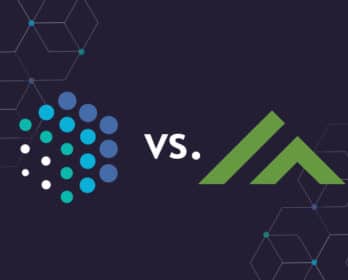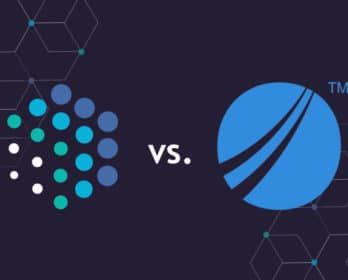The Major Differences Between Alteryx and K3
Let’s see how Alteryx stacks up against K3 when it comes to key functionality.
- Expertise Required: Anyone who needs to access and analyze data can use K3, thanks to its low-code environment. Alteryx requires coding expertise and is best-suited as a “single-seat tool used by a ‘Top Technical Gun’. This creates large bottlenecks in the organization. Likewise upgrading beyond the destop on Alteryx will cost you dearly. K3 is always server based. Always ready for teams and enterprise complexity. Always straightforward on cost.
- Data Visualization: K3’s stable of robust connectors integrate flawlessly with Tableau and other data presentation platforms to display data in the most meaningful way. Alteryx tries – not very successfully, according to reviews – to compete with Tableau in the data-visualization arena.
- User Experience: Alteryx’s graphical user interface lacks functionality and the desktop-server interaction often is difficult to negotiate. One analyst commented: “It’s surprisingly a lot like SSIS. So why not use SSIS.Its cheaper.”
K3’s onboard ETL puts mapping, data rules implementation and analytic tools at your fingertips. K3 is designed around principles of abstraction. It’s how teams maintain velocity on projects by de-bottlenecking data movement. - Cost per User: K3’s licensing agreement gives access to multiple people in your organization. Alteryx requires an expensive license for every user. Beyond that get ready for a big surprise if you ever want to upgrade to server based flows.
KEEP IN MIND:
With license-per-user pricing, Alteryx is expensive to scale
Alteryx requires significant in-house coding knowhow
In attempting to be a Jack of all trades, Alteryx fails to master visualization, user experience, and other important benefits
Platform Overview
K3’s low-code environment extends from ETL and throughout the data route configuration process while integrating with the most sophisticated and important database, visualization, and ecommerce tools on the market.
That is not the case for Alteryx users. Although it does offer a visual interface for data flows, it is known for having a high learning curve. Also, if you already know Python and want to code – you may find that a better route than having to “learn the tool.” It is also a bit weak on the ETL front.
Overall K3 and Alteryx are comparable on integration power, but the fees an enterprise if faced to commit to for Alteryx are significantly higher and harder to forecast in comparison to K3’s fees for similar functionality. K3 also is a low-code ETL solution giving you access to easily get data going for a lot less.
Feature Comparison of K3 and Alteryx
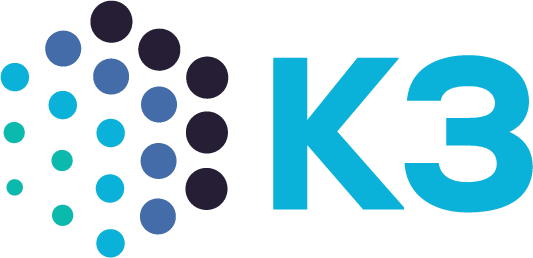

Data Deployment
Hosted Cloud Deployment
Yes
Yes
Private Cloud Deployment
Yes
Yes
On Premise Deployment
Yes
No
Data Stays Private Guarantee
Yes
No
Scalability
No Per User Charges
Yes
No
Database CDC Connections (see databases)
Yes
No
SaaS Connections (see connectors)
Yes
Some
Multiple Formats (XML, JSON, EDI, etc.)
Yes
No
Features Comparison
Data Rules Engines
Yes
No
Low Code Data Route Configuration
Yes
No
Low Code ETL
Yes
No
Data Orchestration
Yes
No
Low Learning Curve
Yes
No
Audit Trail
Yes
No
Test/Prod accounts included
Yes
No
Capabilities and Functional Comparison In-Depth Look
K3
Alteryx
Usability
K3 has developed and perfected a simple, low-code, system that is forgiving, flexible, and “beginner-proof.” K3’s low-code data prep and orchestration gives you the agility and resource-allocation optimization you need to succeed through data science.
Alteryx requires significant training and coding acumen. This high-code, sharp-learning-code environment exponentially increases the time required to write the create analytics applications and make data accessible in formats downstream components can use.
Connectability
K3 understands that visualization is what differentiates insights from information. K3 software takes the pain out of finding, flowing, and using data and connects it with a variety of visualization and data storage components. tion tools on the market. K3 optimizes efficiencies by connecting its ETL power with Tableau, Salesforce, Snowflake, Redshift, and any other data-intensive downstream platform you may use.
SSIS ETL is slow to scale due to its high-code environment. While SSIS is a relatively affordable option, expect long project durations and bottlenecks.
- “Lack of (or limited) visualisation capability”
- “Although Alteryx is able to generate graphs and charts, they are not visually pretty and has a big room for improvement”
- “Visualizations aren’t as intuitive”
Scalability
The low-code components created to perform K3 data prep and load can be reused to save time over building applications from scratch. This not only makes internal systems and interfaces easier to maintain and manage interdependencies that exacerbate risk, it also allows much faster and complete scaling of data analysis operations.
Alteryx’s high-code requirements and licence prices force organizations to maintain a costly stable of IT professionals with advanced coding skills. Scaling means purchasing more licenses, hiring more programmers, and spending more time training users rather than putting data to use.
The Easy Winner
As a company that relies on its data to drive performance analytics, demand forecasting, and strategic decisions, see for yourself how the K3 platform delivers far more than simple data prep and extract, transform, load (K3 ETL) functions. You need a way to collect, store, and use data that’s easy to understand, learn, and customize.
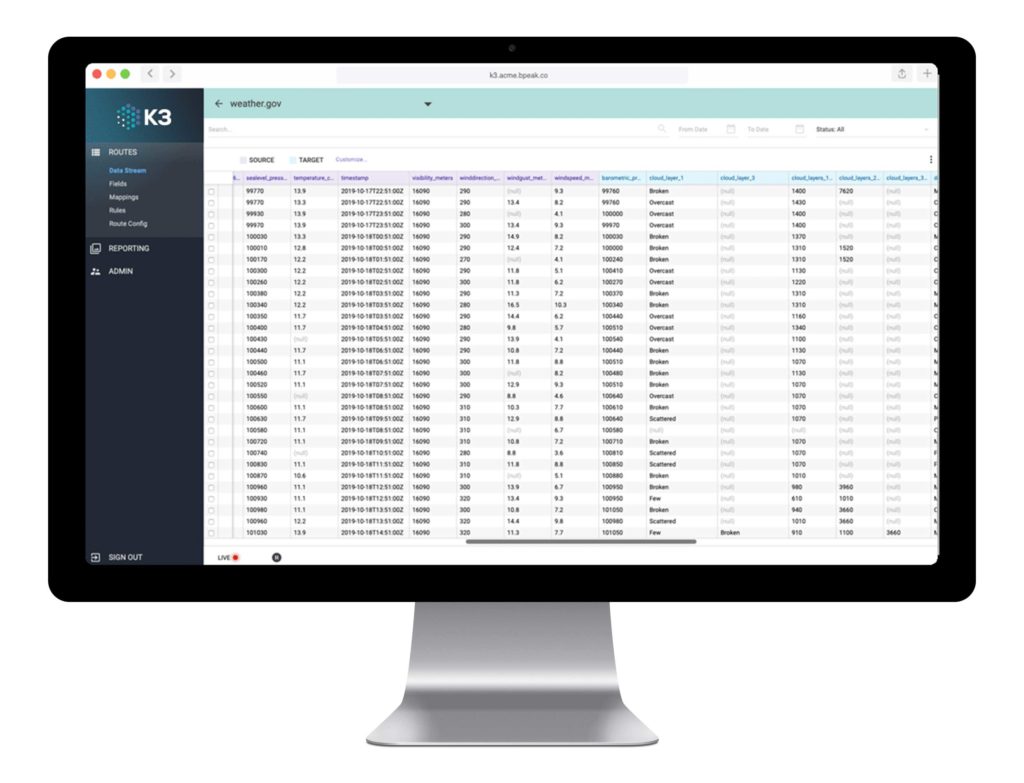

Request a Demo
RECOMMENDED RESOURCES

How to Make Mainframe Data Accessible for Data Visualization Tools: Three Suggestions
Big data analytics are increasingly defined by data visualization tools. The ability to gain insight from KPI dashboards and visualize data beyond pie charts and

Solving Legacy Application Data Integration Problems with K3 Low-Code ETL
Let’s face it. You are stuck with your legacy applications. Unlike, the Delta fraternity house in the movie Animal House, this kind of legacy is

Business Resilience: Low-Code Simplifies the Complex
The COVID-19 crisis has everyone talking about business resilience. What is resilience really? Admittedly, it sounds like consultancy speak, but it’s an important concept. Formally,



